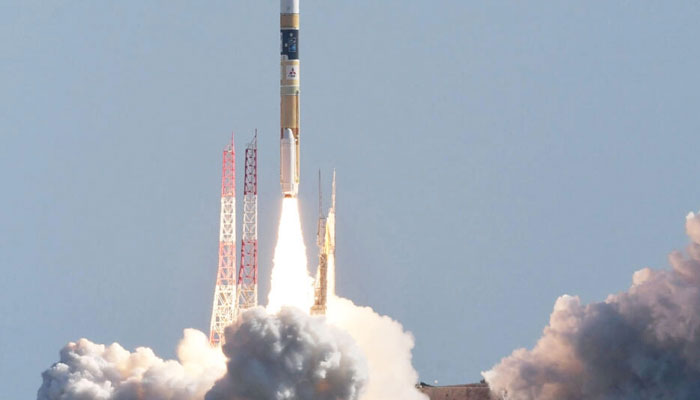Japan launches historic mission for precise Moon landing
H2-A rocket, carrying the SLIM lander, roared into space at 8.42am local time from Tanegashima in southern Japan
September 07, 2023

Japan has embarked on a historic mission to achieve its first successful Moon landing, aiming to put its compact lunar lander, the Smart Lander for Investigating Moon (SLIM), precisely on target within 100 meters of the Moon's surface.
The H2-A rocket, carrying the SLIM lander and a research satellite developed in collaboration with NASA and the European Space Agency, roared into space at 8.42am local time from Tanegashima in southern Japan.
This significant launch comes after India's recent milestone of successfully landing a craft near the Moon's south pole. Japan, which had faced previous failures in lunar missions, is now eager to join the ranks of nations capable of lunar exploration.
The SLIM lander represents a significant leap in precision landing technology, aiming to give humans the capability to land precisely where they want, rather than settling for easy but less precise landing sites. If successful, it could open doors to exploring planets even more resource-scarce than the Moon.
Japan's earlier lunar endeavors, including the Omotenashi lunar probe, met with setbacks and communication losses. The launch of the SLIM lander hopes to turn the tide for Japan's lunar exploration efforts.
Furthermore, the rocket carried the X-Ray Imaging and Spectroscopy Mission (XRISM) into space, a collaborative project between JAXA, NASA, and ESA.
XRISM's high-resolution X-ray spectroscopic observations will provide invaluable insights into the universe's hot gas plasma wind, helping researchers study mass and energy flows, celestial object compositions, and their evolution.











